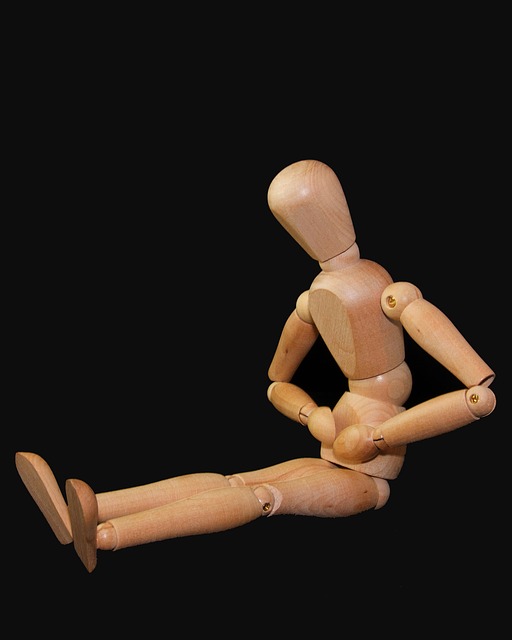Pelvic organ prolapse (POP) is a common problem in seniors
Affecting at least half of all women over 50. While that may sound rather ominous, the good news is that most women who develop POP will not have severe symptoms.
Many will have no symptoms at all, and most others will have mild to moderate symptoms that can be managed or improved with non-invasive therapies. However, for a small number, POP symptoms will severely impact the quality of life.
Approximately one of every 10 women will have surgery to correct POP by the age of 80, and about 13 percent of those women will have repeat procedures due to reoccurring prolapse.
What is Pelvic Organ Prolapse?
Pelvic organ prolapse is caused by weakening in the muscles and connective tissues that make up the pelvic floor. One of the primary functions of the pelvic floor is to support pelvic organs, such as the uterus, bladder, small intestine, and rectum. In POP, the pelvic floor fails to provide adequate support to these organs, resulting in one or more of them dropping down in the pelvis, falling against the vagina, or slipping into the vaginal canal.
Symptoms and Risk Factors
Problems related to pelvic organ prolapse differ from one woman to another, both in symptoms suffered and their intensity. Among the symptoms most commonly reported are pain and pressure in the lower abdomen, a feeling of fullness or pain in the vagina, bulging inside the vagina or in the perineal area, and women may discover tissue protruding through the vaginal opening.
Urinary dysfunction is common, including incontinence, urine retention, and chronic urinary tract infection. Bowel dysfunction can occur, producing fecal incontinence or chronic constipation.
Pelvic floor changes that occur with pregnancy and childbirth are the primary risk factor for POP, with half of all women who have had children developing it to some degree. However, estrogen loss due to aging and menopause is a contributing factor, as are obesity, chronic constipation, and heavy lifting.
Treatments
For women with mild to moderate prolapse issues, physical therapy has proven very effective in reducing symptoms and stopping pelvic organ prolapse from worsening. In many cases, pelvic floor strength training, done under the supervision of a physical therapist, can reduce the degree of prolapse present in women.
Other non-invasive treatments include weight loss to reduce pelvic floor pressure and dietary changes to improve symptoms like incontinence or constipation. Women are often prescribed a pessary, which is a medical device that is placed inside the vagina for organ support.
Women who have life-altering symptoms are often best helped by surgery.
However, this option does not come without risk, so being well-informed is important.
Among the most critical issues, women should know about are transvaginal mesh implants, which are frequently used in the POP repair. These devices have caused serious complications in thousands of women, including mesh erosion, organ perforation, mesh shrinkage, and infections.
May women have required more surgery to address these problems, and a number of these products have been pulled off the market in transvaginal mesh recalls; this includes products made by Johnson & Johnson, C.R. Bard, and Boston Scientific. Non-mesh surgeries are effective in most POP cases and carry fewer risks. Please be sure to always discuss your treatment options with your doctor.
Guest Blogger Elizabeth Carrollton writes to inform the public about defective medical devices and dangerous drugs for Drugwatch.com.
References:
National Association for Continence: Pelvic Organ Prolapse
Harvard Medical School: What to do About Pelvic Organ Prolapse
FDA Safety Communication: UPDATE on Serious Complications Associated with Transvaginal Placement of Surgical Mesh for Pelvic Organ Prolapse
FDA: Medical Devices: Implants and Prosthetics: Pelvic Organ Prolapse




